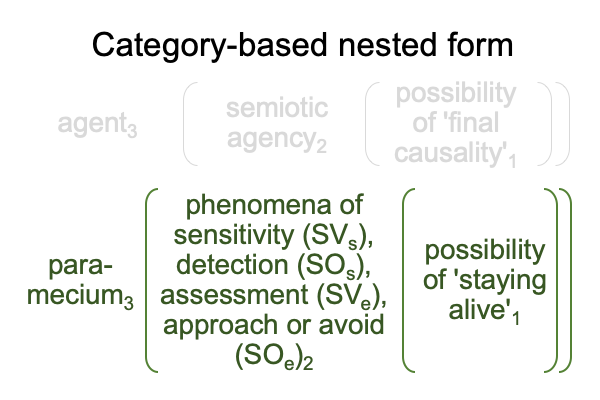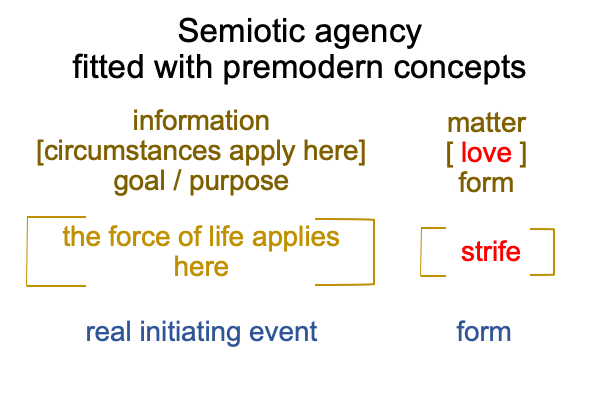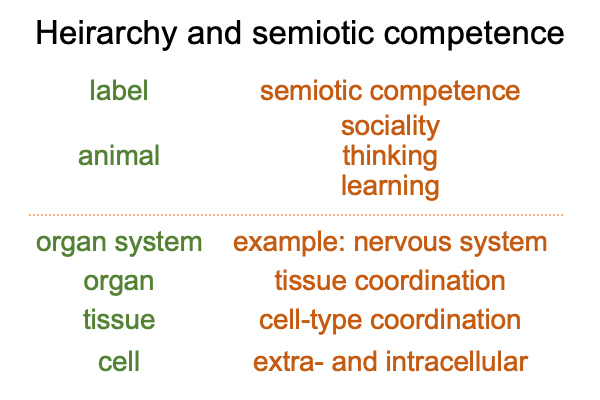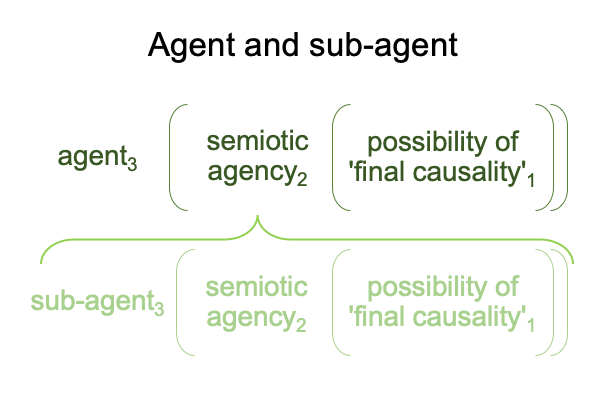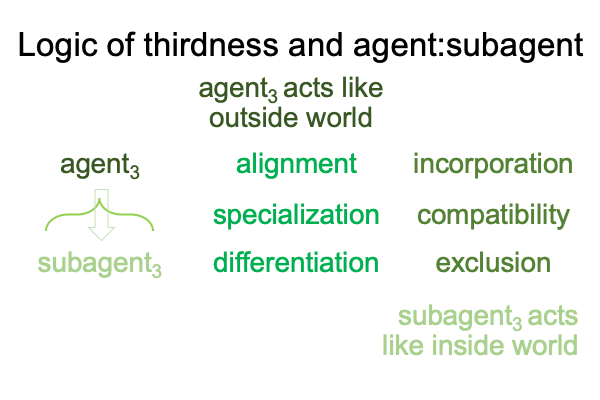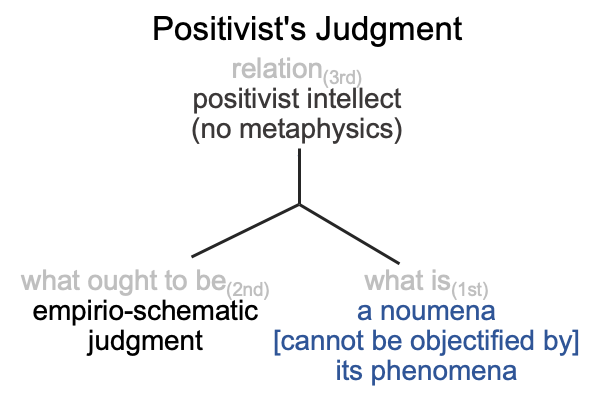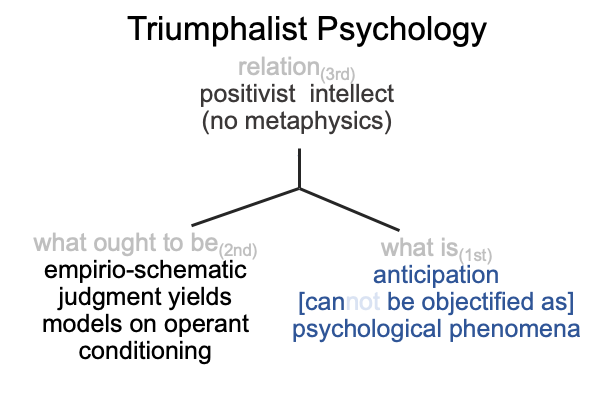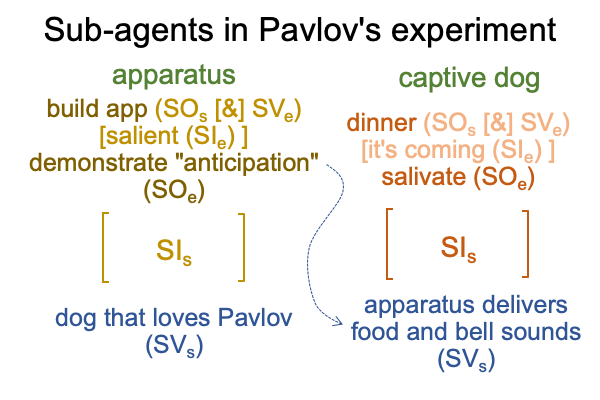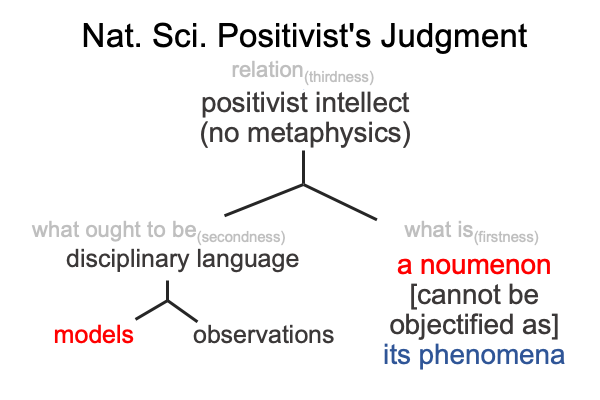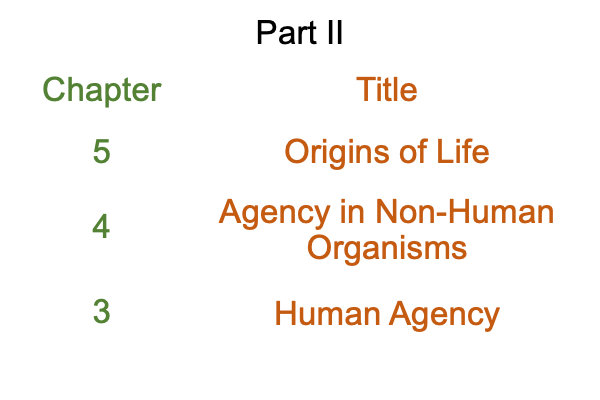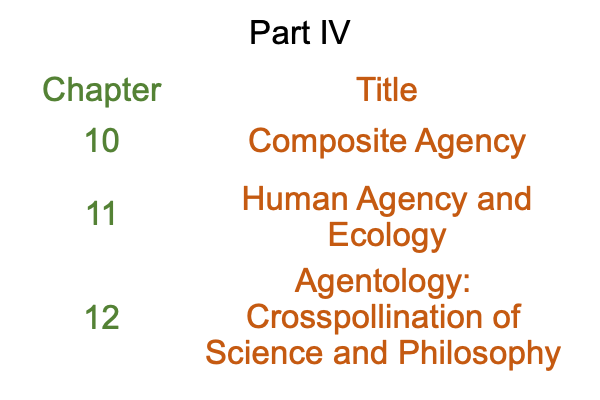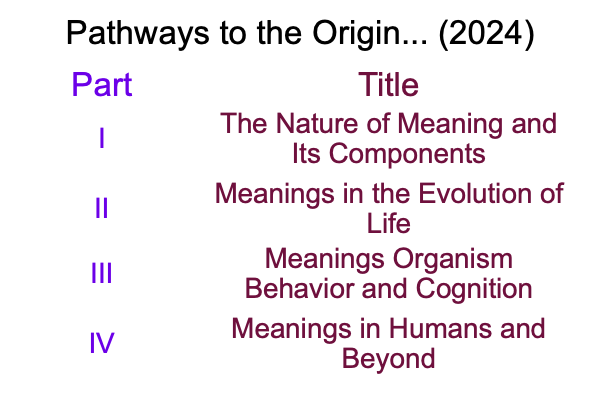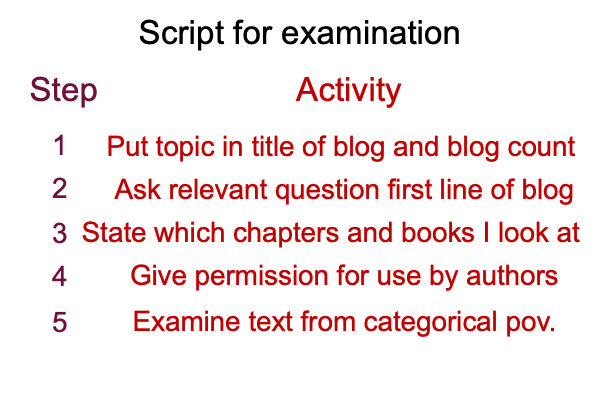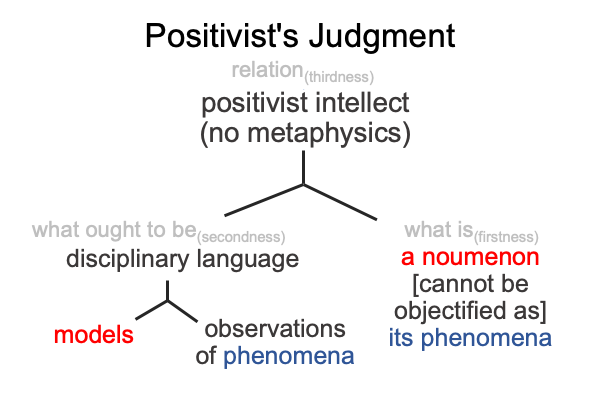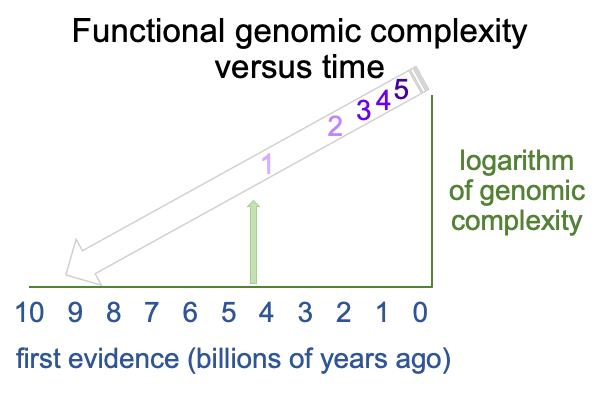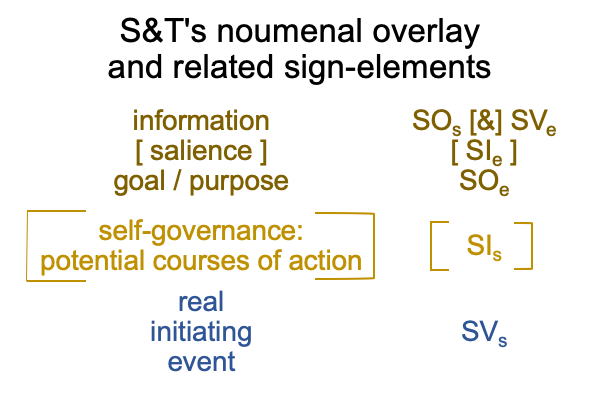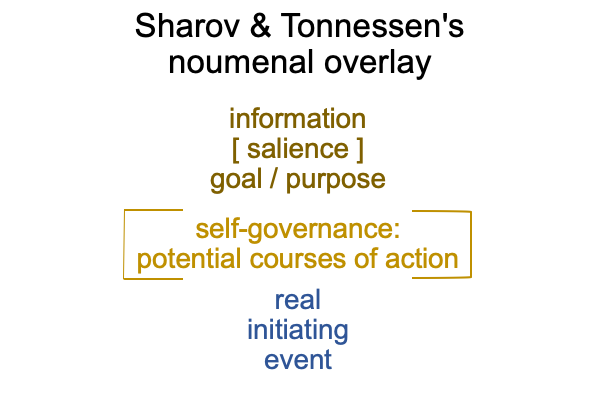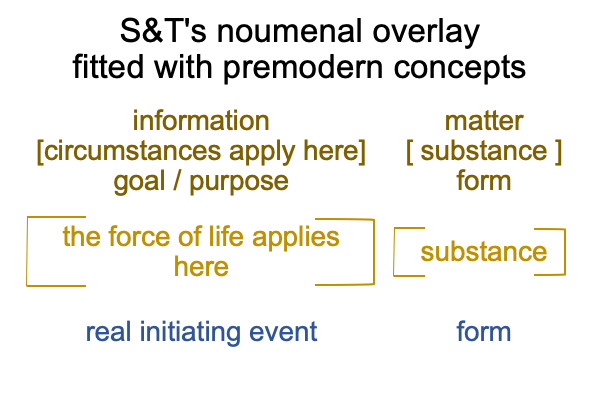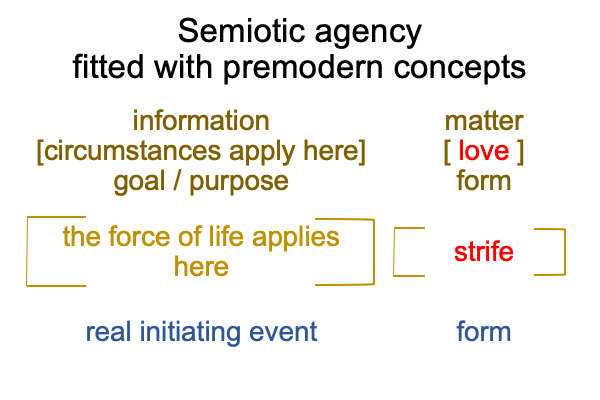Looking at Alexei Sharov and Morten Tonnessen’s Chapter (2021) “Composite Agency” (Part 1 of 5)
478 The text before me is chapter 10 of Semiotic Agency (2021). Details on the text may be found on point 0473. Chapter 10 covers pages 291-312.
0479 The authors’ claim?
A multiplicity of subagents is a typical feature of agency and is necessary for a higher-level agent’s reliable self-construction, robustness and adaptability.
Subagents are semi-autonomous. The co-exist in partially cooperative and partially antagonistic manners. In many cases, semiogenesis occurs when one subagent provides the scaffolding that facilitates, represses or redirects the development of another subagent.
0480 Subagents characterize anatomy and physiology in animals.
Animals are subject to natural selection.
Plus, some parasites play the game of subagency very well.
0481 So, let me start with the Sharov and Tonnessen noumenal overlay.
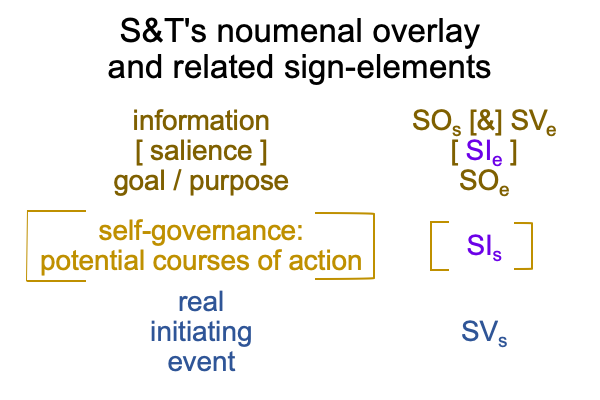
0482 Obviously, subagents are employed in the specifying and exemplar sign-interpretants.
0483 The authors’ first example is a single-celled paramecium. The length of the cell in 300 micrometers. Is that one third of a millimeter? Subagents include a macronucleus, micronucleus, pellicle, gullet, food vacuoles, anal pore and so forth. None of the subagents are truly self-governing. Each plays a role in various courses of action, depending on what the paramecium is going to do (SOe).
Here are my associations for a paramecium’s semiotic agency.
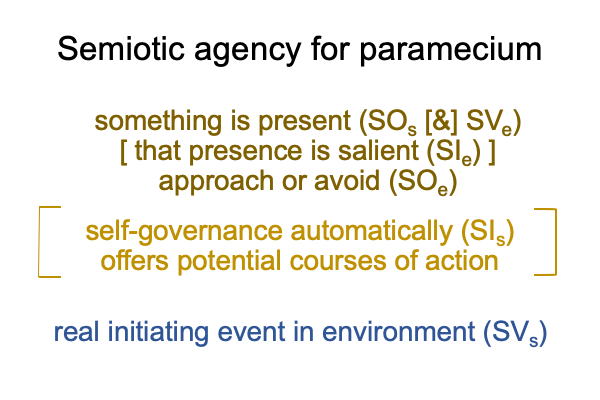
0484 If this is the noumenon, then what are the phenomena?
In order to find out, I take the paramecium into my laboratory (actually, it’s an academic biology lab) and vary its environmental conditions (SVs). The paramecium is a holobiont (a whole, living organism). At any given moment, it acts as an agent3, whose main motivation seems to be ‘staying alive’1.
That is where semiotic agency2 comes in.
Some conditions produce responses (SOe) that indicate that the paramecium responds to something in its environment (SOs and SVe). Sign-vehicles and sign-objects give rise to phenomena. Indeed, these sign-elements are objectified by my observations and measurements of those phenomena.
0485 But, what about the paramecium as an agent?
Here is a picture.
